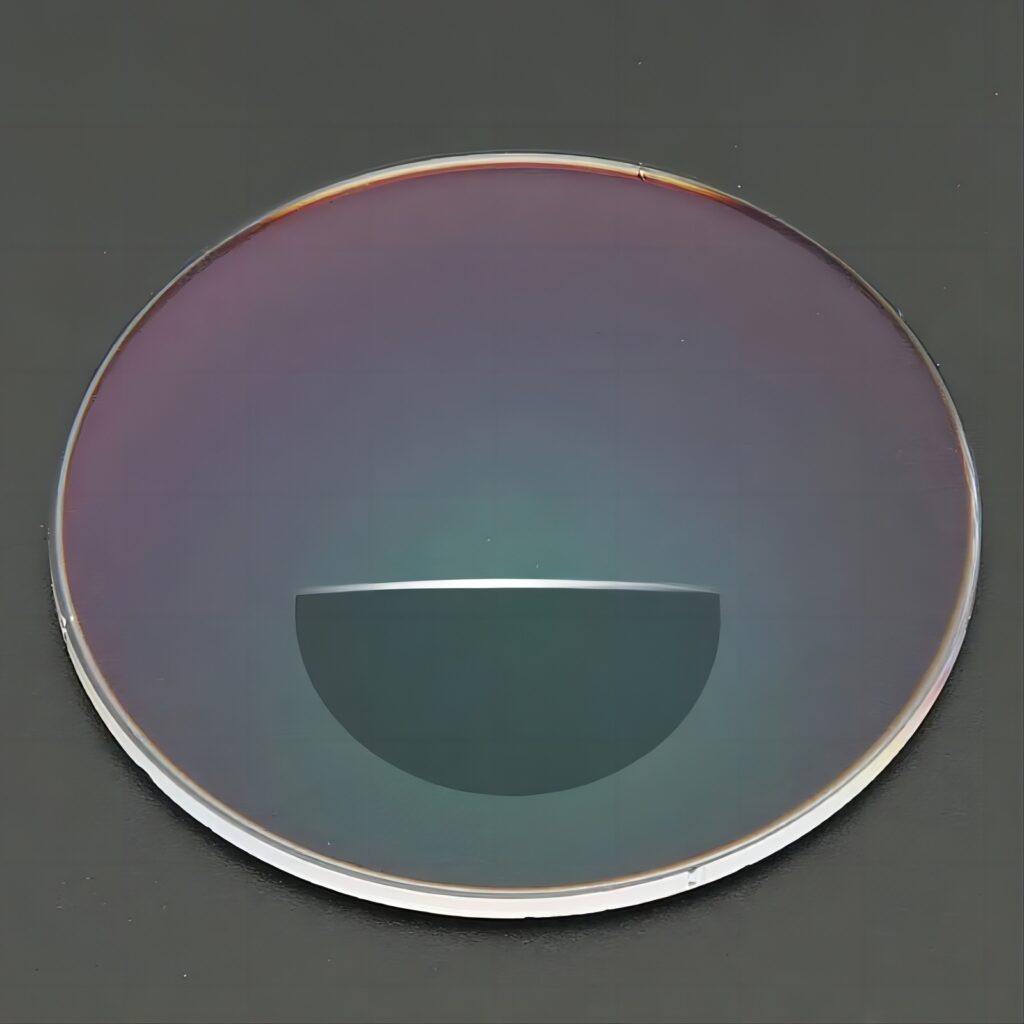Discover the benefits of our lens coatings options

Ensure you get the most out of your new glasses with great benefits like UV protection, scratch-resistant and anti-reflection coatings. Find out more about the different lens coatings to help you find the perfect one for your needs.
Hard coat

A hard coating is a clear film applied to the lens surface that makes it much more scratch resistant. It shouldn’t be considered as anti-scratch, as it will protect the lens surface from minor abrasions such as when cleaning the lens with a tissue. We would always recommend that you clean lenses with a special glasses cleaning cloth.
All thin lenses come with a scratch resistant coating as standard, as do Transitions® and polarised tinted lenses. All KODAK Clean&CleAR Lenses also feature a built-in scratch resistant coating.
Anti-reflection – basic and super

Anti-reflection coatings are also known as AR, or MAR, and comprise many different thin layers of coating to greatly reduce glare from different wavelengths of light. By reducing unwanted reflections from the lens surfaces, more light is transmitted through the lens, making vision clearer. They are especially important for thin lens materials which reflect more light than standard lenses, which is why all our thinner lens packages come with an anti-reflection coating as standard.
More advanced anti-reflection coatings such as Lens Protect+ offer other features such as water-repellent layers, grease-resistant layers and anti-static properties. KODAK Clean&CleAR Lenses are designed to reduce halo effects – the ring that appears around car headlights because of glare while night time driving. This can improve clarity in tricky driving conditions.
Anti-reflection coatings can show smudges more readily than uncoated lenses so should be cleaned regularly with a soft glasses cleaning cloth.
Anti-static

Anti-static properties can be applied to a lens to help prevent dust and dirt particles from congregating. This helps the lens stay clearer and look cleaner for longer, while also making the lens far easier to clean.
Some of our lenses such as the KODAK Clean&CleAR Lenses come with built-in anti-static properties, which offer dust and dirt-resistance that leads to a clearer, more comfortable experience.
Water-repellent coat

A hydrophobic coating can be applied to the top layer of a lens. A water repellent coat forces moisture to bounce or slide straight from your lens which makes them far easier and faster to clean.
Several of our lenses come with a hydrophobic coating, including Lens Protect+ and KODAK Clean&CleAR Lenses.
Oleophobic coat

Some lenses come with a built-in oleophobic coat. Contaminants bounce or slide straight off the lens, repelling fingerprints and oily smudges. This allows you to wipe away residual elements faster, leading to a clearer and cleaner lens.
Our Lens Protect+ and KODAK Clean&CleAR Lenses are both smudge-resistant with KODAK even designed to repel cosmetics – a perfect choice for a busy day.
Blue light lenses

Blue light lenses feature a specially developed type of anti-reflection coating that blocks some of the High Energy Visible blue light emitted from mobile devices. If you work at a computer a lot or spend your evenings on a tablet or mobile phone, you’ll find this coating much more restful than looking at them without it. Contrast is enhanced and your eyes will feel less fatigued. Blue light lenses also protect you from harmful UV light and come with a built in scratch resistant coating.
Tints: solid, graduated, polarised
Plain dark tints are known as ‘solid’ tints and are available in brown, green, or grey. These are the most neutral colours to look through as they don’t distort the natural colour of things. They come with a UV400 coating to protect against UVA/B and they block out just over ¾ of the brightness of the light so are excellent on a sunny day.
Graduated tints are available in the same colours and are dark at the top, fading to almost clear at the bottom of the lens. They are especially useful for driving as they enable you to see the darker, lower parts of the dashboard clearer than a solid dark tint.
Polarised tints

Polarised tints almost completely eliminate reflected glare and block 100% of harmful UVA/B light rays. They enhance contrast and visual comfort from sunlight reflected on water, wet roads, hazy conditions and snow.
The downside of polarised lenses is that you may not be able to see your mobile phone or other hand-held device display. This is because LCD screens are also polarised to reduce glare, and unless the polarisation is in the same direction as the polarised layer in the glasses some or all of the image will be obscured.

